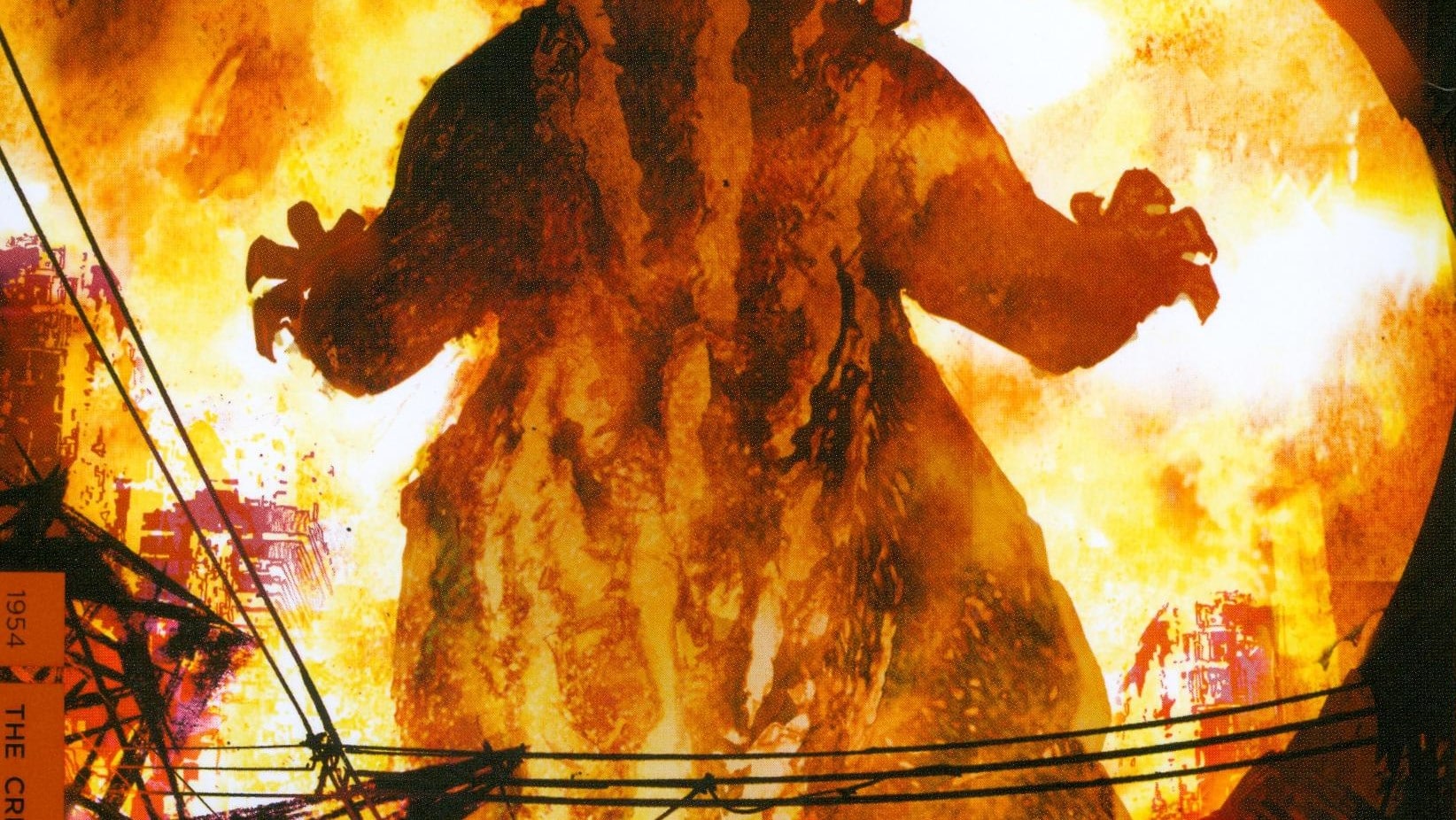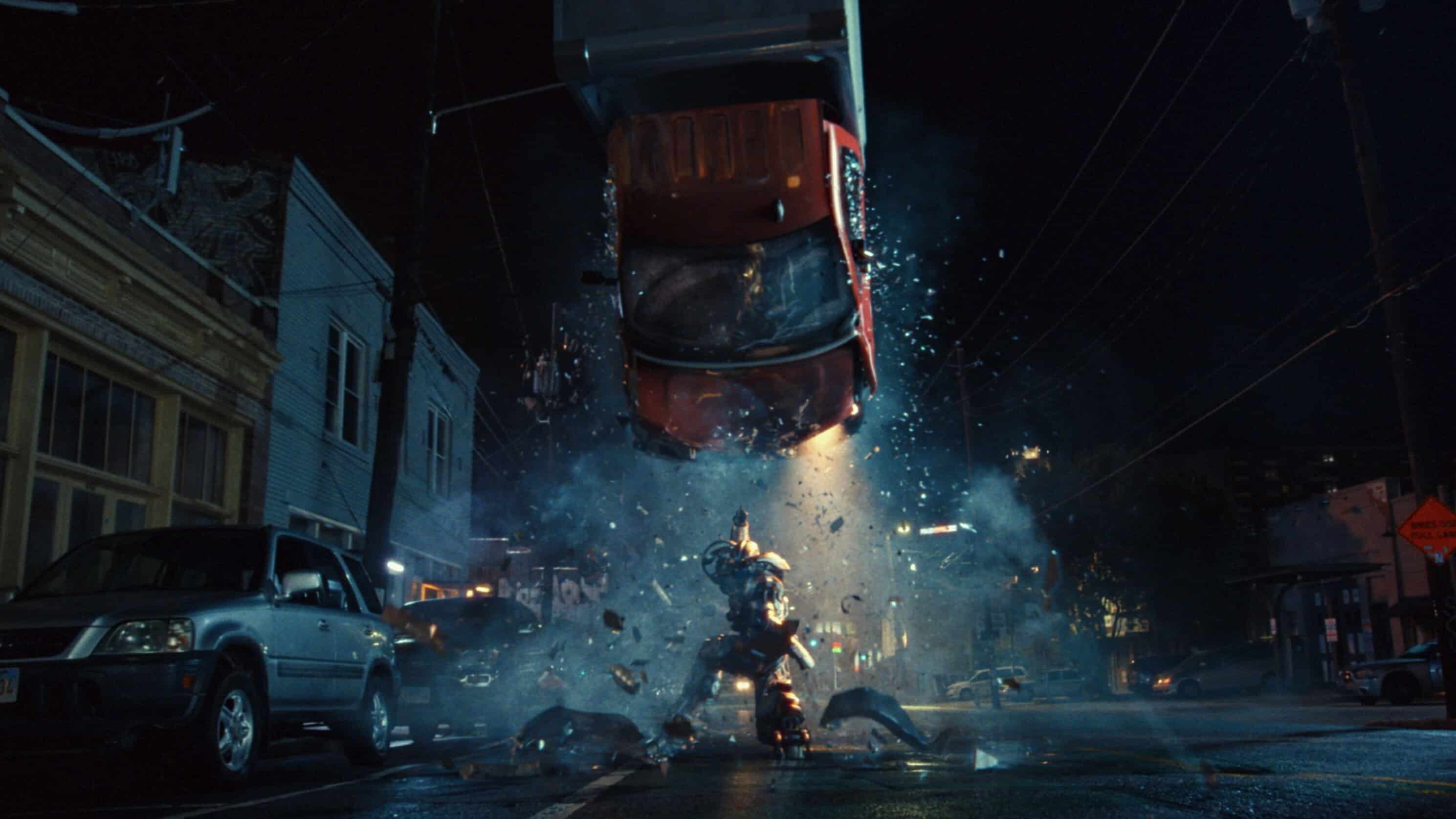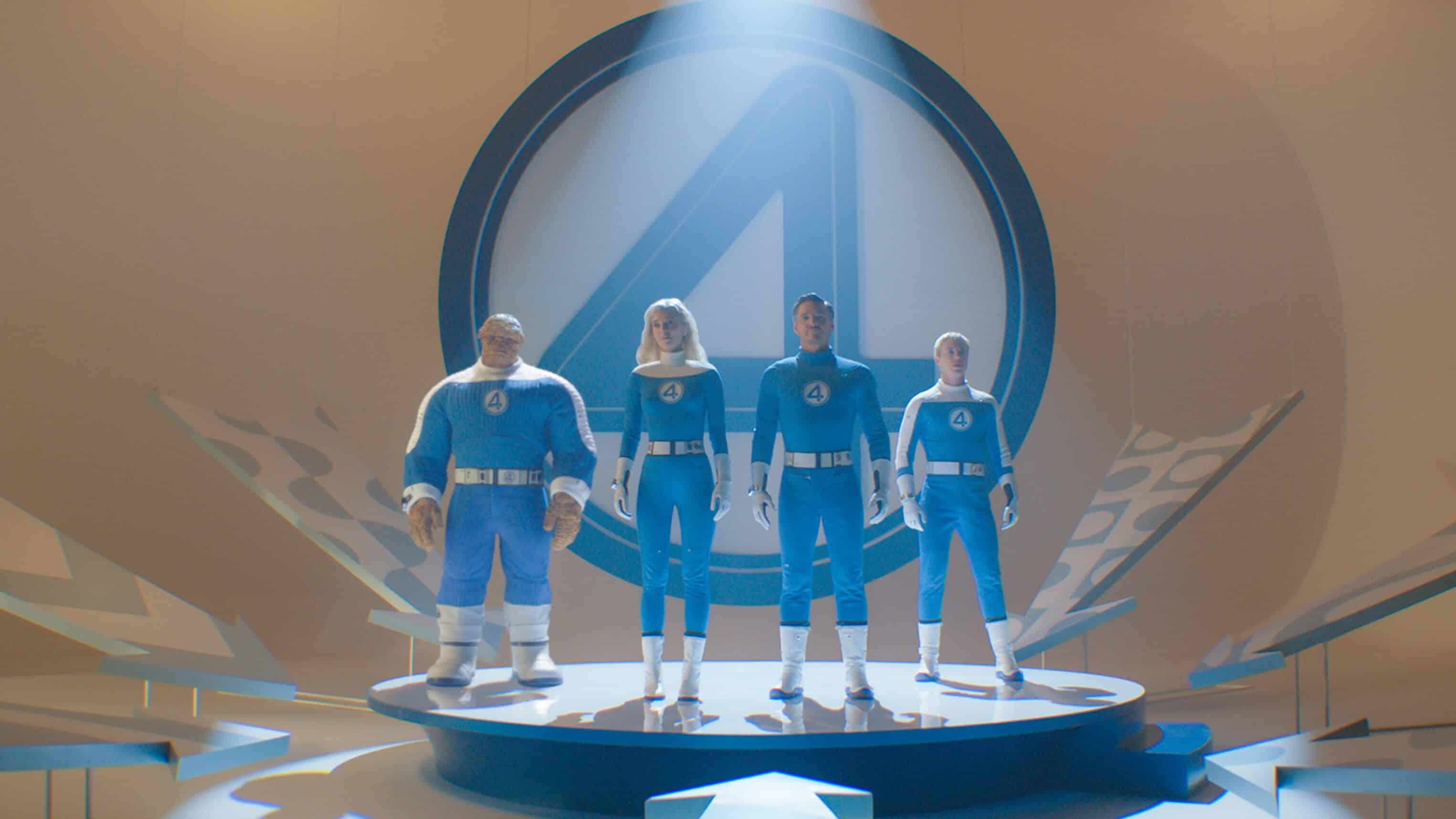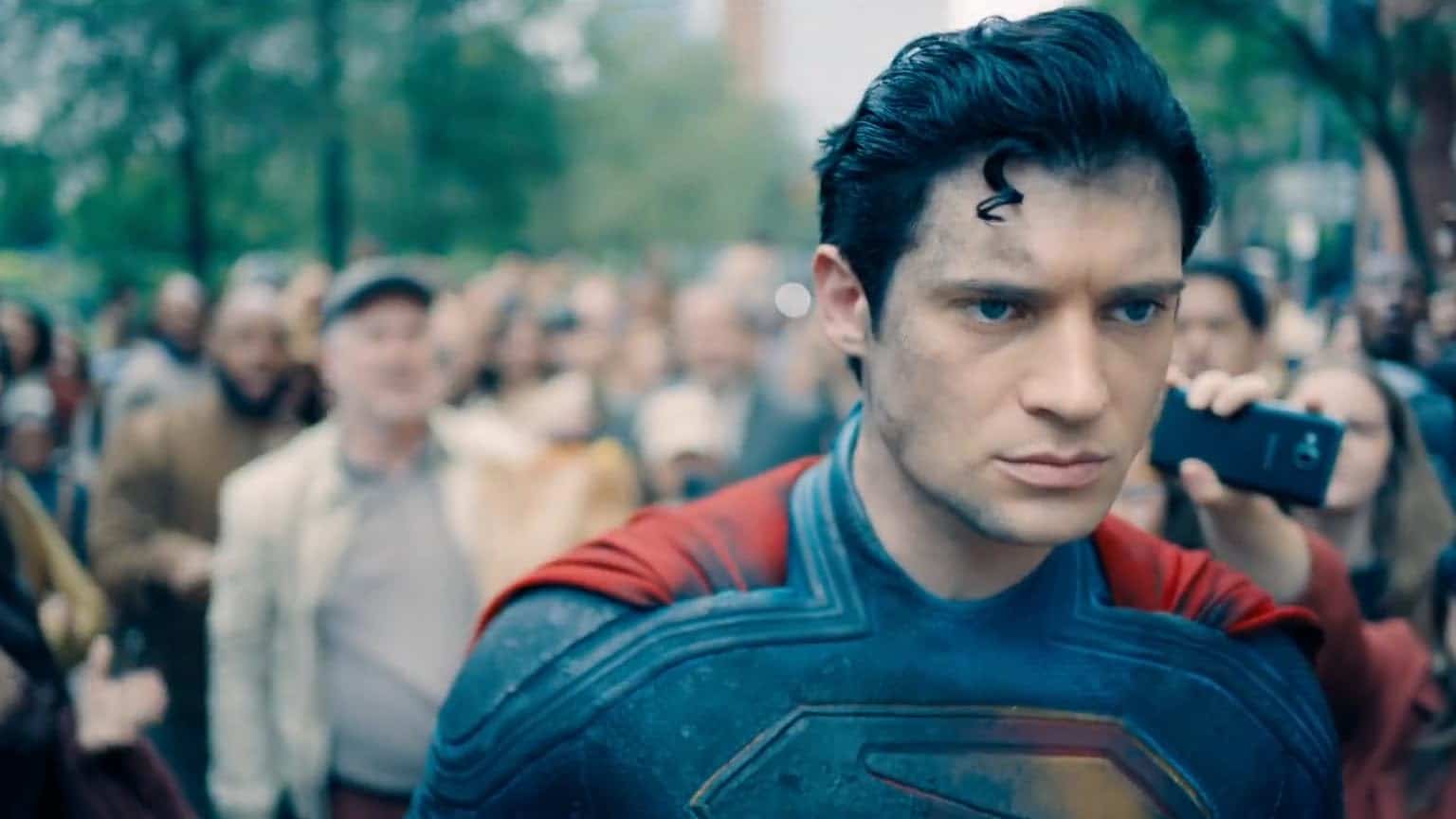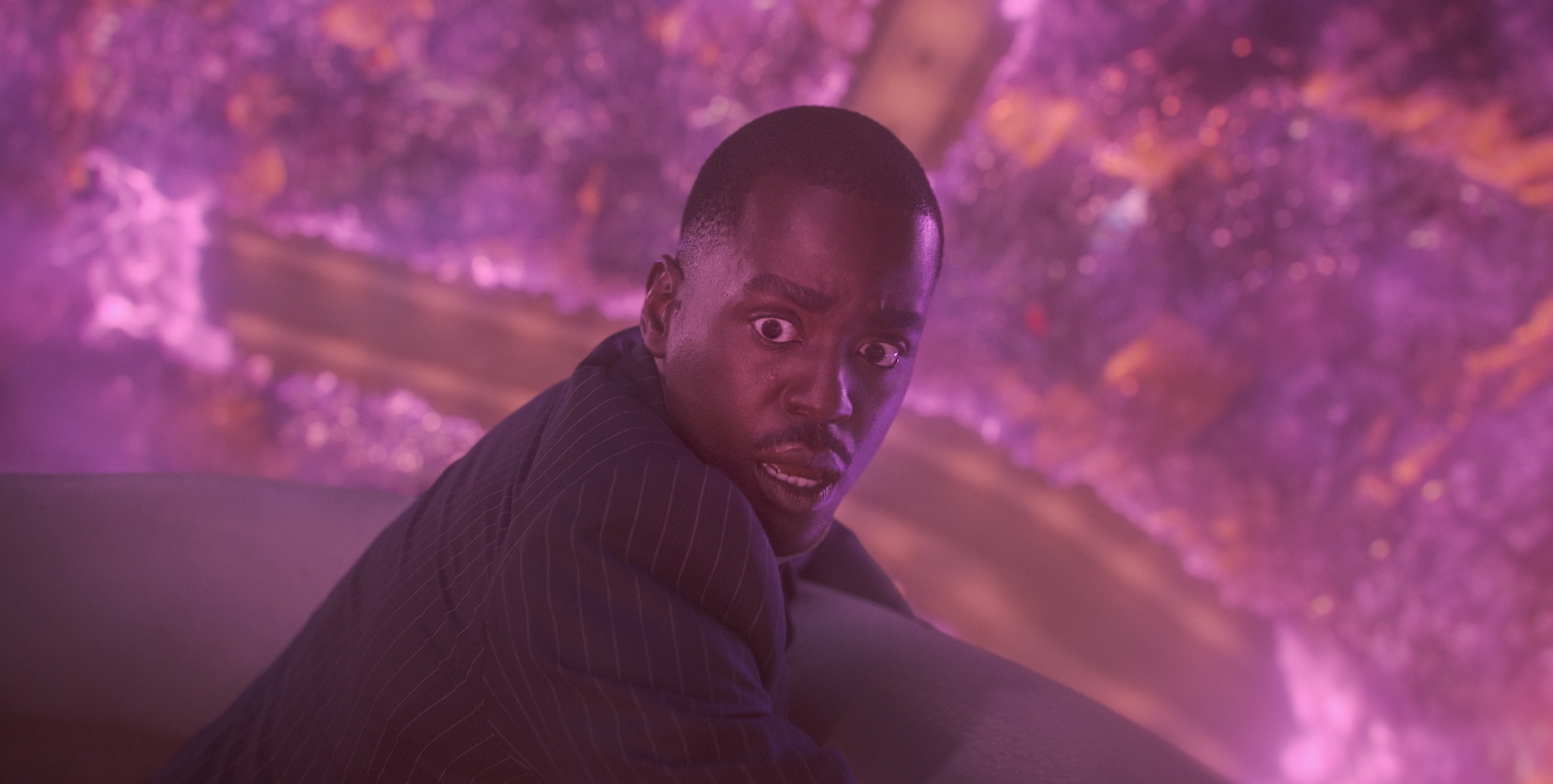On November 3rd, 1954 the first Godzilla movie, titled simply as Gojira was released into theatres in Japan. The film would go on to be a cultural phenomenon, going on to create its own genre of monster movies and launching what would at time of writing be a franchise of 36 films. 32 of those films are produced by Toho, a studio whose previous films had included Seven Samurai (1954) and Stray Dog (1949) The other four movies are American productions, the first produced by TriStar Pictures and released in 1998 and the other three made by Legendary Pictures in 2014, 2019, and 2021 as part of their Monsterverse shared universe. While Toho would go on to produce numerous films after Gojira including Yojimbo (1961) and House (1977) the Godzilla franchise would prove to be their most well-known property.

Much like all movie monsters, Godzilla is a representation of cultural anxieties. Traditionally, the anxiety it represents is the fears surrounding nuclear weapons. Especially Japan’s fear surrounding nuclear weapons. In contrast, the American Godzilla movies tend to use Godzilla (and other monsters) to represent concepts related to various environmental issues such as climate change.
In the original film, Godzilla is a prehistoric sea creature who has been slumbering in somewhere in the pacific ocean near Japan, only to be awoken by nuclear testing being carried out close to him and is powered by the radiation from said testing. Godzilla is an amphibious dinosaur-like creature who walks upright, leaving radioactive footprints and trilobites in his wake. His skin was intended to resemble keloid scars present on survivors of the atomic bombing of Hiroshima. He has a long tail and his back is lined with serrated dorsal plates. Oh and also he breathes white-hot rays of radiation. Later instalments would make him larger or smaller, change the shape of his face or colour of his skin, and even alter his abilities. One of the most notable of these changes came in 1998 when he was an irradiated iguana with the ability to reproduce asexually in the TriStar pictures film.
From the very beginning of production, Gojira (1954) is a film about nuclear weapons. Released 8 months after Castle Bravo, the first detonation of a Hydrogen Bomb, the film opens with a recreation of what transpired on the Daigo Fukuryū Maru (Lucky Dragon No 5 in English), on March 1st, 1954. Castle Bravo and it’s fallout is a textbook case of the United States’ history of carelessness when it comes to nuclear testing and its aftermath.

On the morning of March 1st, 1954, the crew of the Lucky Dragon No 5 were fishing near Midway Atoll. After losing their trawl nets, they decided to alter their course and head southward towards the Marshall Islands. While there, they encountered the fallout from the Castle Bravo test in Bikini Atoll. Twenty-three men were exposed to radiation and suffered from Acute Radiation Syndrome (ARS). After eight months, Kuboyama Aikichi, the radio operator, died from cirrhosis of the liver (a condition that has been shown to be an effect of high exposure to radiation) made worse by a hepatitis infection from blood transfusions received during treatment.
The crew of the Lucky Dragon No 5 were not the only victims of Castle Bravo. The US Department of Energy has estimated that 253 inhabitants of the Marshall Islands were impacted by the fallout from the test and that was just the immediate aftermath of the test, that number doesn’t include the health issues that arose in the years and even decades following. It doesn’t include the cancers, the thyroid issues, the birth defects.
Gojira (1954) is explicit in its anti-nuclear themes, Godzilla is awoken by nuclear tests in the pacific, his skin resembles the keloid scars that survivors of the atomic bomb have. Throughout the film, direct references are made both to nuclear weapons and testing them. Perhaps the most impactful of these references happens at the end of the film, just after Dr. Serizawa has sacrificed himself to keep the world safe from both Godzilla and the knowledge of how to build the Oxygen Destroyer. Dr. Yamane looks on and says “I can’t believe that Godzilla was the last of its species. If nuclear testing continues, then someday, somewhere in the world… another Godzilla may appear.” An earlier line of Yamane’s also directly calls out H-Bomb testing as the reason for why Godzilla has been awoken from his slumber.
The year 1956 would mark both the first time Godzilla was seen in America and the first time that the metaphor was ignored or modified. Terry Morse’s Americanized recut of the original film, titled Godzilla, King of the Monsters! was edited in order to make it more accessible for an American audience. The 1956 film added the character of Steve Martin (played by Raymond Burr), an American journalist and college friend of Dr. Serizawa. Martin would also act as narrator. Along with the addition of an American character, most references to nuclear weapons were removed including mentions of the atomic bombing of Nagasaki and weapons testing in the pacific, including Dr. Yamane’s final line.
It would take 42 years for Godzilla to have another American outing in Godzilla (1998), directed by Roland Emmerich and co-written by Emmerich and Dean Devlin. In that film rather than being a prehistoric creature reawakened by American nuclear testing in the pacific, Godzilla is a normal iguana that has been irradiated by French nuclear tests in French Polynesia. The test footage used in the opening credits are quite misleading however as all of the footage used is in fact footage of American tests that took place in the Marshall Islands.
While Emmerich and Devlin’s Godzilla can be interpreted as being a metaphor for the environmental impact of nuclear weapons, there is a lack of self-awareness when it comes to the United States’ role in that environmental impact. Testing in Bikini Atoll led to the local extinction of 28 species of coral. Bikini Atoll could have easily been the location where we are introduce to Niko Tatapolous but rather than taking the chance to acknowledge that the US has done wrong in the past, Emmerich and Devlin chose to highlight the wrong-doings of others.
16 years after the previous Godzilla, 2014’s Godzilla (directed by Gareth Edwards and written by Max Borenstein) opens in the year 1954 during the Castle Bravo test which in universe was a failed attempt by scientists to kill Godzilla with a nuclear bomb. Edwards has previously stated that despite the fact that Godzilla isn’t a metaphor for nuclear weapons in the 2014 film, there was an attempt to use some of the themes from Gojira. In a 2013 interview with Gizmodo, Edwards said of his version of Godzilla: “Godzilla represents a force of nature. The theme of man vs. nature creeps up a lot visually throughout the film.”
The 2019 sequel to Godzilla (2014), Godzilla: King of the Monsters is perhaps the American Godzilla movie that draws the most from the original film. In a scene towards the end of the film, Dr. Ishiro Serizawa (played by Ken Watanabe) goes into the hollow earth (yes, the earth is hollow in the monsterverse; no, i do not want to talk about it) with a nuclear bomb and detonates it in order to power up Godzilla, sacrificing himself in the process. The scene is very obviously an homage to Dr. Serizawa’s death in Gojira down to the fact that the bomb looks like the oxygen destroyer. However, there is a key difference between the scene in King of the Monsters and the ending of Gojira. In King of the Monsters, Godzilla is being saved so that he can save humanity rather than killed so that humanity can be saved.
Nuclear weapons and radiation are still present in both of Legendary Pictures’ Godzilla movies only in a different way than in Gojira and 1998’s Godzilla. In Godzilla (2014), the pair of giant monsters known as MUTOs or Massive Unidentified Terrestrial Organisms, feed on radiation by absorbing it from their environments. Early in the movie, a flashback scene set in 1999 involves the male of the pair burrowing into a nuclear power plant in the fictional Japanese city of Janjira, causing an earthquake in the process and rupturing the reactor, leading to massive amounts of radiation leaking out into the environment. In present, due to the MUTO’s feeding the levels of radiation are normal.
American movies tend not to acknowledge the metaphor. They just don’t. Or at least, they don’t do so in a way that feels satisfying. Often times, they’ll acknowledge it in a bare minimum way that feels like the creators are doing what they feel they need to do to appease those who might point out the lack of acknowledgment, other times it feels as if they’re burying it.
However, this doesn’t mean that American Godzilla movies are completely devoid of themes. The exact opposite is true, each of the three entirely American-made movies (1998, 2014, and King of the Monsters) actually share similar environmentalist themes. And it all started with 1998’s commentary on the environmental impact of radiation. From the very beginning it references the fact that radiation can have a harmful impact on the natural world by making the (ill-advised really) decision to have their Godzilla be a giant irradiated iguana.

KIng of the Monsters (2019) treats King Ghidorah as what is essentially an invasive species; as a literal alien from space he has no natural predators on earth. Not even Godzilla himself is able to stop Ghidorah initially. The Titans meanwhile (the Monsterverse’s name for kaiju) are portrayed as creatures native to earth who have been long dormant with their reintroduction and the end of King of the Monsters being treated as a “nature is healing” moment despite the fact that the worldwide reintroduction of prehistoric megafauna would more than likely have a devastating effect on the global ecosystem. The only time this has even come close to being shown was in 2014’s Godzilla when one of the MUTOs (ancient parasites who feed on radiation and lay their eggs in the bodies of dead members of Godzilla’s species) burrows into a nuclear reactor due to the high concentration of its food source and in doing so, causes a meltdown. While extreme, this is an example of what can go wrong when reintroducing an extant species to its native region. If an ecosystem has adapted to a species not being there, the sudden reintroduction of it could potentially prove disastrous. Which is exactly what you see happening at the beginning of Godzilla (2014)
Traditionally, Godzilla has been a metaphor for nuclear weapons. However, tradition does not necessarily dictate the present. Nor does it dictate how different cultures engage with Godzilla or how all of the history that has happened since 1954 impacts both cultural anxieties and the way people perceive the original metaphor. Most people don’t worry about the threat of nuclear war very often, perhaps a spike of anxiety here or there but not to the same level as the public did in the immediate aftermath of Hiroshima and Nagasaki. The more common fear these days is climate change and the impact of human activity on the environment. While nuclear weapons have absolutely had an impact on the environment, people are more likely to think of the impact of carbon emissions before they think of the effects of radiation. Godzilla does not need to be a metaphor for nuclear weapons to be relevant, quite the opposite in fact. As I said at the top of this, movie monsters reflect our deepest fears, it just makes sense that as our fears change, so too would our monsters and what they represent.
However, it’s worth pointing out that America is directly responsible for the events that led to Gojira being made in the first place. Castle Bravo was an American nuclear test. Even before that test, the United States had already brought harm to Japanese people through the use of nuclear weapons. The bombings of Hiroshima and Nagasaki hadn’t even happened a decade prior before once again, Japanese people were killed by American nuclear weapons. According to a 2015 Pew Research Centre poll, 56% of Americans believe that the atomic bombings were justified. While that’s significantly down from a 1945 Gallup poll that stated that 85% of Americans approved, it’s still too high a number for the Godzilla metaphor to be used accurately anytime soon.

Reagan Anick
Reagan is an aspiring eldritch horror who can often be found screeching into the void. She goes by rhymeswithpicard on Twitter.

